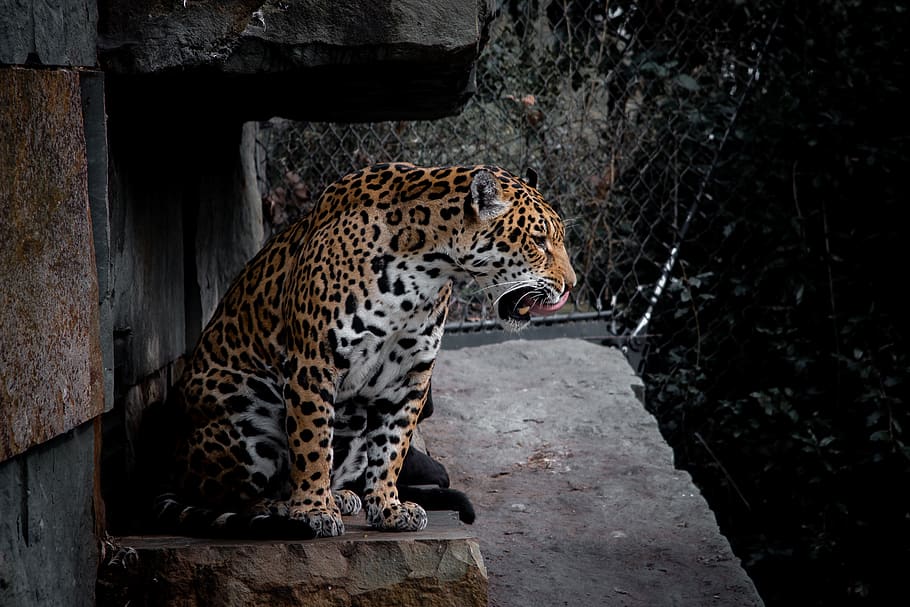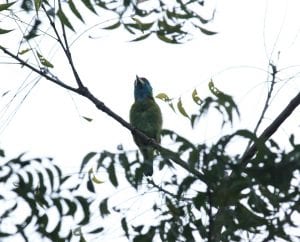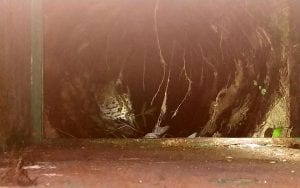
As humans go into isolation, wildlife stroll, lounge in urban spaces

If not humans, the wildlife is certainly relishing the curfew imposed due to COVID-19. Days after the 21-day lockdown was enforced by the Centre, avian species like peacocks and animals like leopards and elephants are being spotted in public spaces across the country.
Wednesday morning was rather unusual for Nirmalya Banerjee who woke up to find some birds including parrots perched on trees across his bedroom window in Kolkata’s Tollygunge. A day before this, Banerjee had a rare sight of the Ashoka-tree (Saraca indica) near his house being thronged by white cranes.
“For a resident of Tollygunge, one of the busiest localities in Kolkata, such sightings from my house, although it’s not very far from Rabindra Sarobar (an artificial lake), were heavenly to say the least,” the senior journalist says.
Around 1,150 km away from Kolkata, wildlife veterinarian Dr Samshul Ali was pleasantly surprised when a white wagtail took a stroll on his veranda in Bokakhat, not very far from Assam’s famed Kaziranga National Park.
Related stories | COVID-19: The wild are back to life, for now
Similarly, on March 30, around 30 vultures were spotted at Leitlang, on the Lunglei- Haulawng highway in southern Mizoram by a village task force (VTF) member, who was ferrying essentials items.
“There have been reports of increase in both number as well as varieties of bird species in areas around water bodies and thick vegetation in the city such as Rabindra Sarobar, Eco Park, Banabitan Biodiversity Park and Subhash Sarobar among others,” said Ashok Kumar Sanyal, chairman of the West Bengal Biodiversity Board.
Why is wildlife venturing out?
Wildlife experts attribute the new-found free ranging capability of wildlife to the reduction in noise and air pollution due to the confinement of humans indoors.

“Both birds and animals are constantly on the move in search of food and better living spaces. But movement of vehicles and other human activities deter them from coming out of their habitats on normal days. But now that humans have restricted their activities, the fauna has come out to reclaim the space vacated by us,” explains Dr Ali, a veterinarian with the Wildlife Trust of India (WTI).
This impact of the lockdown is here to stay, says Dr Sanyal. “At least 20-25 per cent of the impact is likely to stay for some time. Because the rejuvenation that is taking place in nature will not wither away immediately once normalcy resumes,” he added.
Man vs wildlife
Wildlife’s new-found freedom, however, is not all happy news.
Recently, a leopard was shot dead by forest officials at Na Gayan Gaon village in Assam after 7,000 residents fled their homes sighting the cat.

In another incident, Dr Ali and his team rescued a leopard from a village near Dergaon in Golaghat district of Assam.
Farmers in several villages in Bankura district of West Bengal are worried over elephants frequently raiding their unguarded paddy fields and destroying standing crops. Forest officials said a herd of 23 elephants were seen roaming in the vicinity of the district’s north forest division.
Similarly, a troublesome situation erupted in Sailulak village in Serchhip district of Mizoram last week when a pack of wolves raided the village and killed over 10 Mithuns (Gayals), a semi-domesticated variety of cattle found in abundance in the hills of northeast India.
Forest officials in Assam, West Bengal and Mizoram are trying to prevent such encounters by increasing vigils in vulnerable areas.
Dr Ali says it’s normal for the animals to occasionally stray out of forests into nearby human settlements. But he has never in his career come across incidents in such frequency, exposing the animals to risk.
(With inputs from Ezrela Dalidia Fanai in Mizoram)


